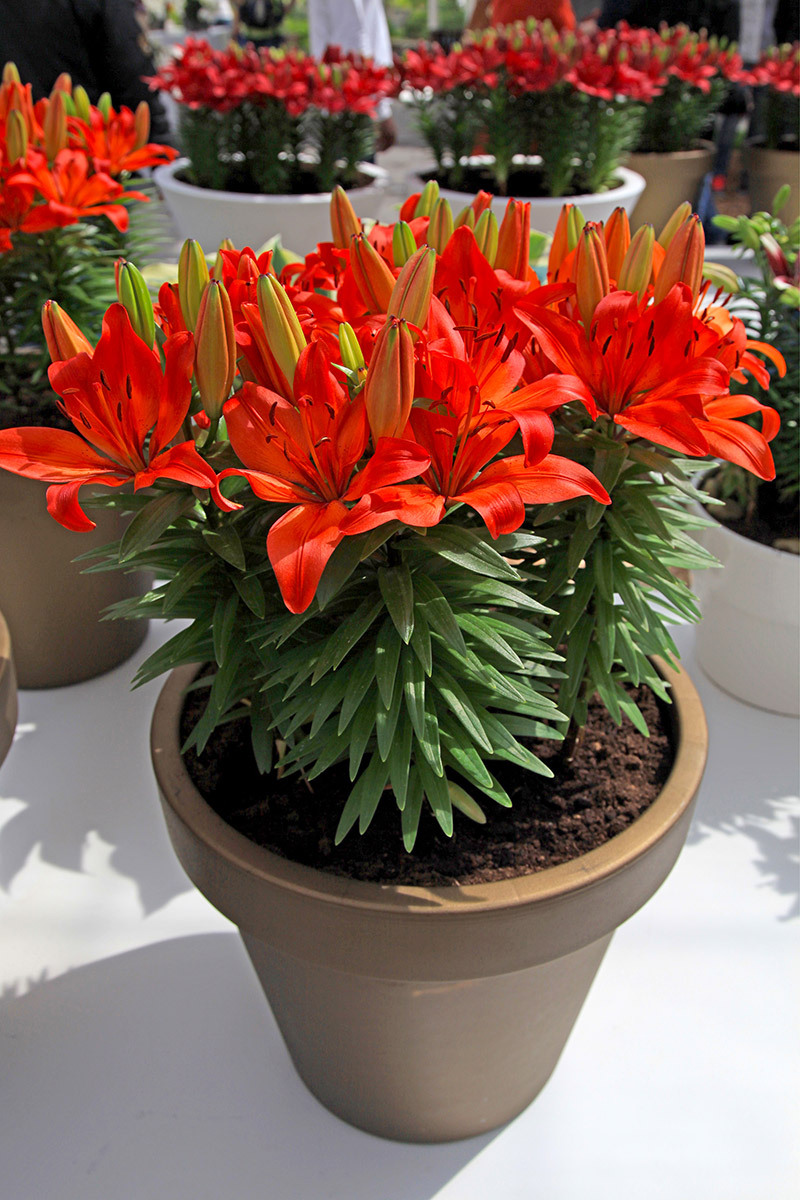
From Seed to Bloom: Explore the Fascinating Journey of a Flower's Life Cycle
The world of flowers is not only stunning but also a prime example of nature's marvel and resilience. From the tiniest seed to a vibrant bloom, the lifecycle of a flower is indeed a fascinating journey worth understanding. This process is not just a transformation of a seed into a plant; it is a well-orchestrated masterpiece that showcases nature's glory in full bloom.
The Lifecycle of a Flower
The journey of a flower, from seed to bloom, encompasses several stages: germination, growth, reproduction, pollination, and finally, the formation of seeds to restart the cycle. Each stage is crucial and contributes significantly to the flower's life cycle. Let's delve into each stage to better appreciate this natural wonder.
Stage 1: Germination - The Birth of a Plant
Germination marks the beginning of a flower's life. It is the stage where a seed emerges from its dormant state, encouraged by favorable environmental conditions like warmth, moisture, and air. During this time, the seed will imbibe water and expand, initiating the growth process.
Factors affecting germination:
- Water: Crucial for activating enzymes that promote growth.
- Air: Oxygen is vital for respiration and energy production.
- Temperature: Optimal temperatures vary per species but are generally important for enzyme activity.
Stage 2: Growth - The Plant Develops
Once the seed has germinated, the plant enters the growth phase, developing its root system and shoots. The roots burrow deep into the soil, anchoring the plant and absorbing nutrients. The shoots will eventually break through the soil surface, reaching for sunlight.
The plant's photosynthesis begins, enabling it to use sunlight, carbon dioxide, and water to produce the sugars necessary for growth. This crucial process underscores the plant's development, as the shoots become stems, and leaves unfold.
Stage 3: Reproduction - Preparing for a New Generation
At maturity, the plant focuses on reproduction, which starts with the formation of flowers. These blooms are not only attractive but are the main reproductive organs, containing the components necessary for pollination.
Flowers may vary in their reproductive structures, with some having both male (stamens) and female (pistils) parts, while others may rely on separate male and female plants for reproduction.
Stage 4: Pollination - Nature's Way of Ensuring Biodiversity
Pollination is a pivotal stage in the lifecycle, involving the transfer of pollen grains from the male part to the female part of the flower. This can occur through self-pollination, where the plant pollinates itself, or cross-pollination, relying on external agents like insects, wind, or animals.
For flowers reliant on pollinators, the blooming stage acts as a beacon, attracting bees, butterflies, and other creatures with vibrant colors and enticing scents. This mutually beneficial relationship ensures the continuation of countless flower species, each contributing to its ecosystem's diversity and productivity.
Stage 5: Fertilization and Seed Formation
Successful pollination leads to fertilization. Here, the pollen grain fuses with the ovule, culminating in the formation of seeds. Encased within fruits, these seeds contain genetic information necessary for producing future generations of plants.
Fruits play a vital role in the seed dispersal process. Whether by being eaten by animals, carried by the wind, or floating on water, seeds are spread far and wide, ensuring that some find suitable ground to start the cycle anew.
Stage 6: Dormancy and the Cycle Renewed
Once dispersed, the seeds may enter a dormant phase, waiting for the right conditions to germinate. This step effectively renews the cycle, propelling the species forward through seasons and changing climates.
The Endless Fascination of Flower Lifecycles
Flowers are more than just a symbol of beauty. They represent resilience, adaptation, and the miraculous lifecycle that sustains them. Each stage of a flower's life, from seed to full bloom, reveals crucial processes that maintain ecological balance and highlight life's intricacies.
Understanding this journey invites a greater appreciation for biodiversity and the critical role flora plays in our world. It urges us to protect and cherish these delicate organisms, ensuring their splendor for future generations.
Conclusion
The journey from seed to bloom is not just a fascinating aspect of botany but also a reminder of the interconnectedness of life. Flowers, with their captivating life cycles, contribute to ecosystem stability, offer habitat and sustenance to numerous creatures, and stand as an emblem of nature's harmony and beauty.
Exploring the life cycle of flowers is an enriching endeavor. It provides insight into the dynamic roles these seemingly simple organisms play within their ecosystems, making them indispensable treasures in the natural world.


